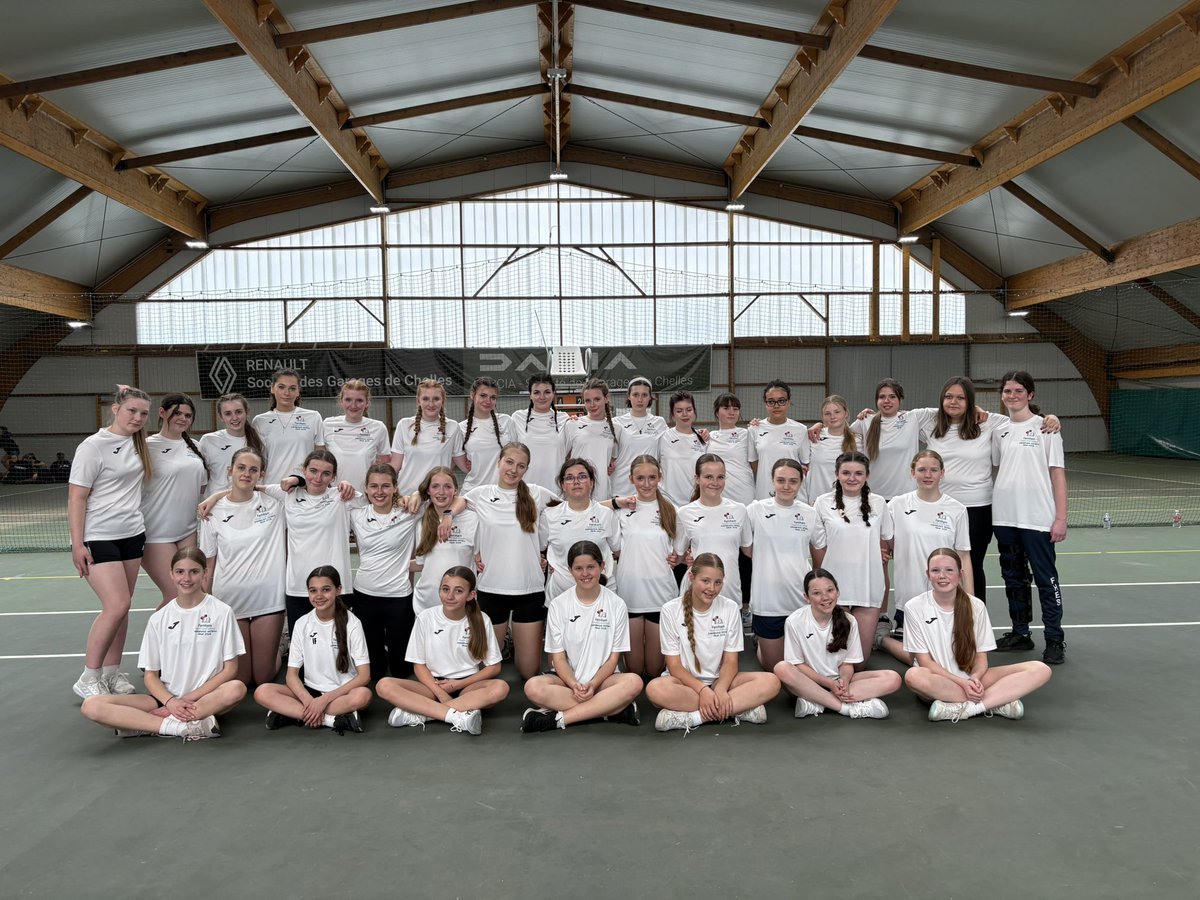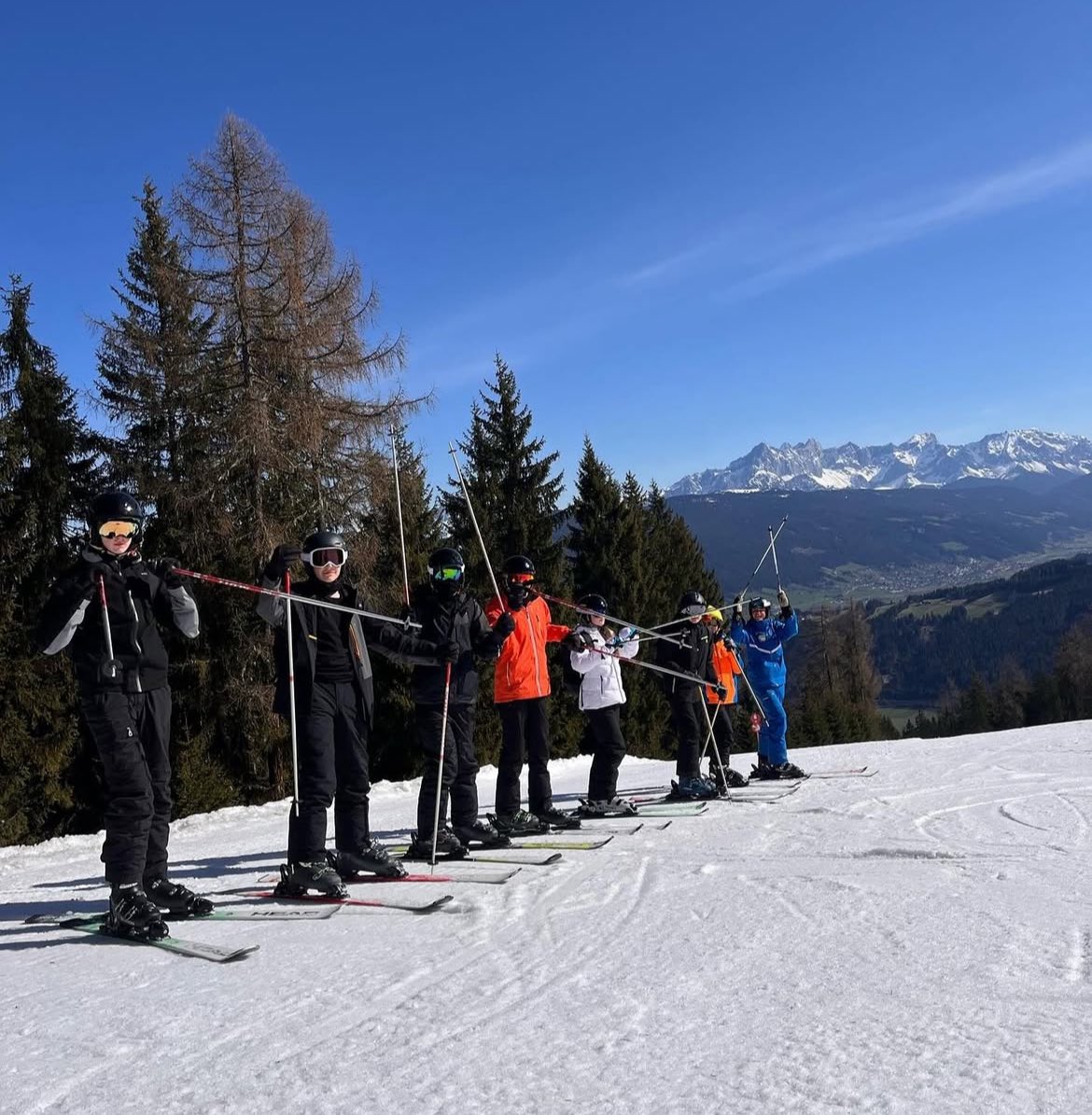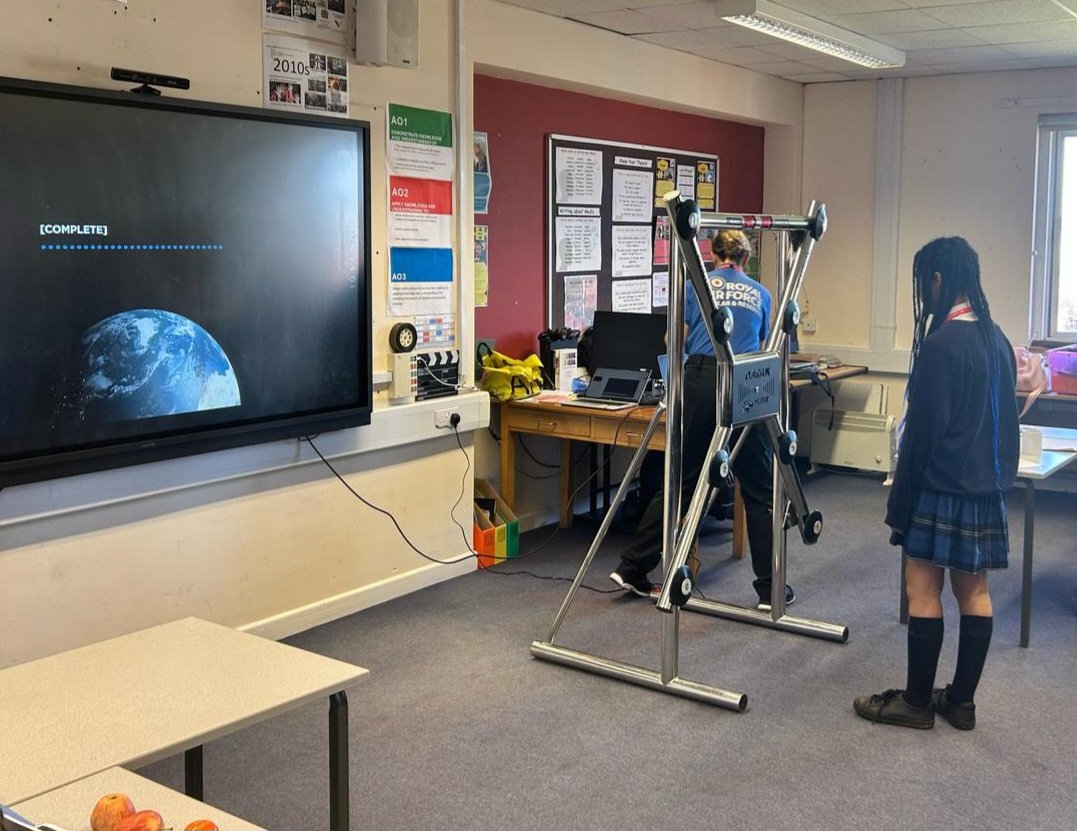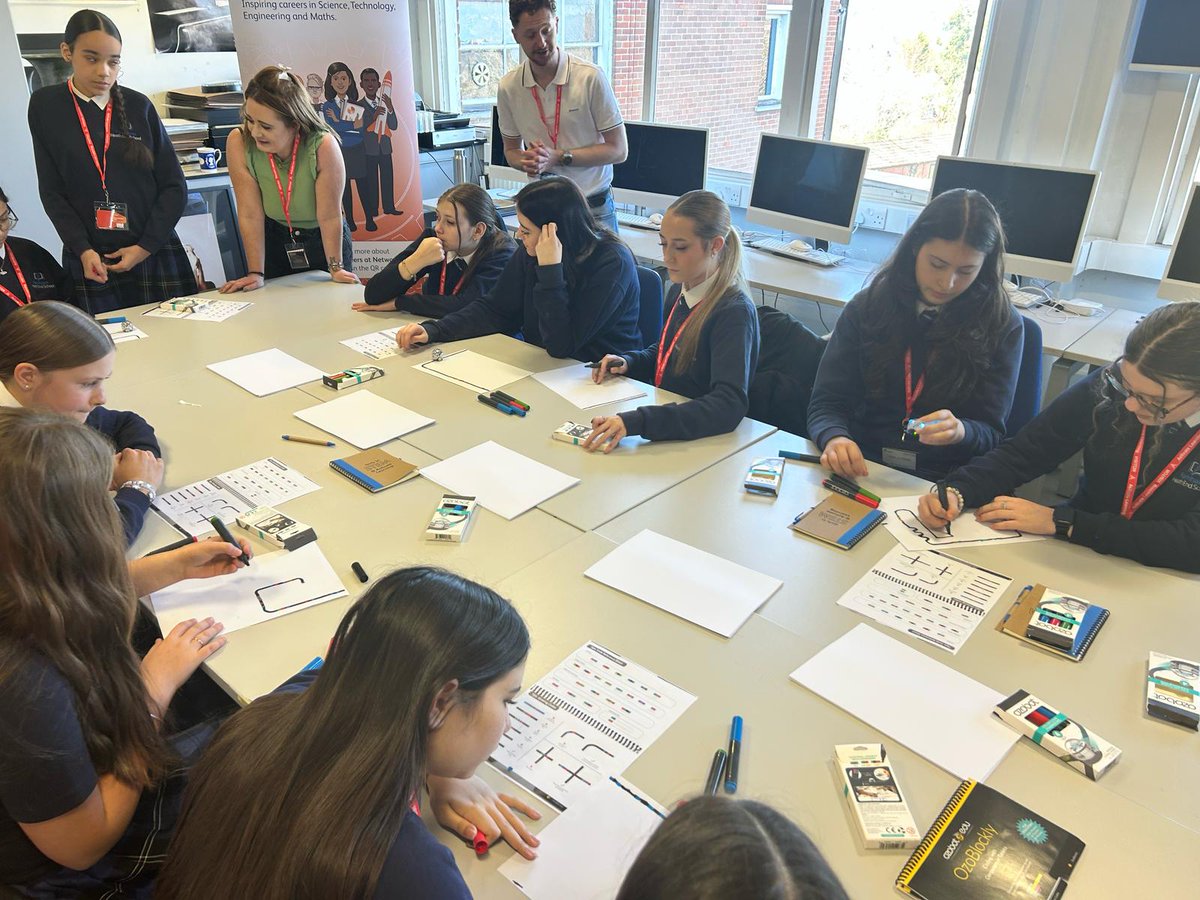 @TeamFHES - 17/04/2025#TeamFHES girls have returned from a fantastic netball tour in Paris, which included a trip to Disneyland. pic.twitter.com/KpoQTBLQyZ
@TeamFHES - 17/04/2025#TeamFHES girls have returned from a fantastic netball tour in Paris, which included a trip to Disneyland. pic.twitter.com/KpoQTBLQyZSubject Information - Art & Design: Three-Dimensional Design
VISION / AIM
By studying 3D Design students will have the opportunity to gain confidence, independence and problem solving skills to enable appropriate decision making in the classroom. Students should be challenged to be creative and curious in creating solutions to problems and outcomes in response to designers. In doing so, all students should consider sustainability, environmental and social issues that affect the development of solutions and outcomes. To be successful, students need to be able to select and use materials and be able to develop a range of skills to realise ideas.
Skills learned should equip students to engage in art and design in adult life and make sound decisions about sustainability, aesthetics and function.
Students have and will continue to visit exhibitions, participate in inspirational trips and participate in workshops with artists/designers as part of this course.
Resources and support materials can be found on Google Classroom.
Further information can be requested from Mrs C Jeffery, Head of Department, cjeffery@fhes.org.uk and Mr S Newell, Lead Teacher, snewell@fhes.org.uk
CURRICULUM OVERVIEW
|
|
3D Design (Workshop) – 8 Week Rotation |
3D Design (CAD/CAM) – 8 Week Rotation |
|
Year 7 |
Lever Lamp -Introduction to workshop – Machinery. - Marking out. - Hand cutting shaping timber. - Electronics/soldering. -Levers -mechanical fixings. |
CAD/CAM Project, Ruler, Coaster and Memphis Clock -CADCAM theory. - CAD skills: drawing for accuracy, free hand drawing, text, CAM colours, vectorising. - Design style study. - Shape Extraction. - Card modelling. - Refinements. - Annotation of designs/refinements. - Self-evaluation of designs. - 3D+orthographic drawing skills. |
|
Year 8 |
|
CAD/CAM Project, Ruler, Coaster and Memphis Clock -CADCAM theory. - CAD skills: drawing for accuracy, free hand drawing, text, CAM colours, vectorising. - Design style study. - Shape Extraction. - Card modelling. - Refinements. - Annotation of designs/refinements. - Self-evaluation of designs. - 3D+orthographic drawing skills. |
|
Year 9 |
Aboriginal Moneybox - Timber theory. - Marking out. - Sample trialling. - Cutting and assembly of finger joints. - Workshop machinery and safety. - Designing in response to style. |
Design Studies -Using a mix of mediums. -Sampling of techniques. -Presentation of ideas. -Drawing techniques. -Own photos. -Collage. |
|
|
Autumn Term |
Spring Term |
Summer Term |
|
Year 10 |
Under the Sea - Sketchbook presentation skills - Marking out + planning for making - Task Analysis - Moodboard - Shape Extraction/simplifying shapes - CAD Refinements - Independent workshop practice - Soldering - Quality own Photography - Observational drawing - Design ideas - Mini Designer analysis to inform clay sampling |
Architecture Project - Moodboards - Designer analysis - Shape Extraction - 3D card Modelling - Refinements through drawing & modelling - Independent workshop practice - Evaluation against context |
Major (Sustained) Project - Task Analysis - Moodboard - Context/designer research - Designer Analysis - Shape Extractions - Developing ideas - Refinements/SCAMPER |
|
Year 11 |
Major (Sustained) Project Con’d - 3D Modelling - Sampling/testing/trialling - Present final idea - Planning for manufacture (day-by-day plans+cutting list) - Independent workshop practice -Evaluation |
Externally Set Assessment - Task Analysis - Moodboard - Context/designer research - Designer Analysis - Developing ideas - Refinements/SCAMPER - Sampling/testing/trialling - Present final idea - Planning for manufacture (day-by-day plans+cutting list) - Independent workshop practice in exam conditions |
|
KEY SKILLS
|
Key Skills |
Year 7 |
Year 8 |
Year 9 |
Year 10 |
Year 11 |
|
Research |
Students look at selected design style/movement to create designer response for outcome. |
Students look at selected design style/movement to create designer response for outcome. |
Students look at selected design style/movement to create designer response for outcome. |
Learn how to research a given context/brief through task analysis. Learn how to collect inspiring imagery relating given brief that will inform design. Guided designer research. Focused research on technical skills such as joints research. Students learn to gather own photography. |
Research to begin to gather a personal understanding of a given context/brief. Collecting inspiring imagery relating to own star\ting point. Independent designer research (one artist/designer per project). Technical trialling or sampling techniques. |
|
Planning |
|
|
|
Design planning informed as a result of focused trials and/or testing of materials or techniques. Use of modelling to inform the design/making process. |
Planning informed as a result of trials and testing of materials or techniques. Planning for making: time plans, constructional ordering. Cutting lists: ordering and sizing materials. Use of modelling to inform the design/making process. |
|
Technical Knowledge |
Students will learn woodworking techniques using finger joints and associate tooling. How to use basic workshop machinery safely. Pyrography. Timber theory. Students understand how to use CAD to draw for accuracy, free hand drawing, text, CAM colours, vectorising. |
Understanding of CADCAM and its advantages and disadvantages in the manufacturing process. Students understand how to use CAD to draw for accuracy, free hand drawing, text, CAM colours, vectorising. |
Accuracy in CADCAM. Use of workshop machinery safely. Marking out?? Use CADCAM to develop layering techniques, such as overlaying and inlaying. |
Clay modelling. Quality photography. Students continue to use workshop tooling and machinery safely. Students exposed to range of materials including HIPs, PP, Pop riveting, Veneer, Resin, Routing. Marking out. Timber joints in sheet material? Students explore a range of finishing different materials. |
Students chose their own material area of preference to specialise in from: -CADCAM -Clay -Modelling -Hand crafting skills: woodworking or metal working skills. - Recycled/upcycled/found materials. |
|
Designing |
Students create their own design in response to a given designer/movement (tbc!) |
Students create their own design in response to a given designer/movement. Students learn how to do shape extraction and use it to inform designing. Students learn how to present final design ideas through 2D and 3D drawing methods. |
Students create their own design in response to a given designer/movement. Students learn how to create a designer response using the work of a professional. Students learn how to present a final design idea. |
Generate a range of design ideas using sources from shape extraction/image manipulation/designer responses. Continue to make refinements to ideas through SCAMPER or other methods. Students learn how to create a designer response using the work of a professional. Students continue to learn how to present a final design idea using annotation to convey their ideas. |
Generate a range of design ideas from independent sources. Develop, SCAMPER and refinements as ideas progress. Presentation of final design idea. |
|
Making |
Woodworking skills and joints. CADCAM skills? |
CADCAM skills. |
CADCAM skills. Students develop more practical workshop independence through less-focused design elements. |
3D card modelling. Students are given more freedom of design to make their own more personalised outcomes. |
Student choices: -CADCAM. -Clay. -Modelling. -Hand crafting skills: woodworking or metal working skills. - Recycled/upcycled/found materials. Clearly responds to an artist/designer chosen style. |
|
Evaluating |
Self-evaluation of own work as the project ends. |
Self-evaluation of own work as the project ends. |
Self-evaluation of own work as the project ends. Use of annotation to express ideas as design progresses. |
Self-evaluation of own work throughout the project through annotation. Reflective evaluation at end of project. |
Self-evaluation of own work throughout project through annotation and end evaluation. Creating connections and conclusion throughout the project. |
|
Presentation |
Page layout/composition and page titles. |
Page layout/composition. |
Sketchbook presentation and composition. Students learn to gather own photography. |
Taking quality photographs. Presentation of digital portfolio work (backgrounds, font, composition, editing imager). Sketchbook presentation skills (background, titling, mounting, composition, written annotation, use of colour & fineliner to enhance). |
Student choices: Sketchbook or cloud-based digital portfolio work. Record idea and primary observations. |
GCSE ART AND DESIGN: Three Dimensional Design
|
Exam Board |
AQA Art & Design: Three-Dimensional Design (8205) |
|
Non-examination assessment |
Component 1/ NEA 1: Portfolio worth 60% final GCSE mark Component 2/ NEA 2: Externally set assignment is worth 40% final GCSE mark |
|
Link to the Specification |
https://filestore.aqa.org.uk/resources/art-and-design/specifications/AQA-ART-GCSE-SP-2016.PDF |













